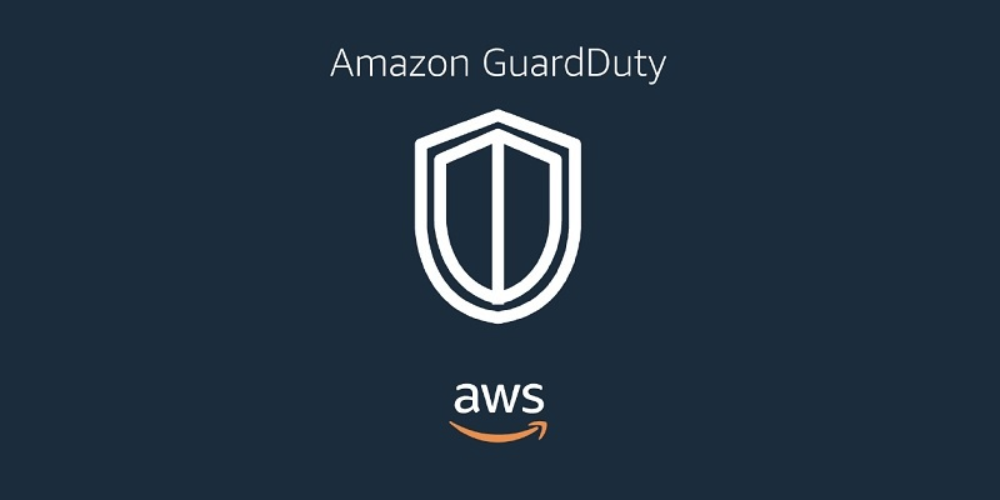Securing the Cloud: Automating Your Way to Peace of Mind
In today's digital age, where businesses of all sizes are increasingly entrusting their data and applications to the cloud, robust security measures are no longer optional, they're essential. But with great power comes great responsibility, and securing a cloud environment can feel overwhelming. This post dives into the world of automating incident response and forensics within the AWS cloud, leveraging both AWS services and open-source tools to help you build a more secure future.
The Scenario: Addressing Insider Threats and Automating Response
For today's post, let's consider a real-world scenario -
Imagine Dheeraj, a security lead for a marketing company, stepping into a new role. Inheriting a cloud environment, he's immediately struck by the potential for insider threats. Recognizing the urgency, Dheeraj prioritizes securing the infrastructure, taking several crucial steps:
1. Shining a Light: Identifying and Labeling Security Logging Services
Dheeraj knows the importance of centralized logging and starts by identifying key services like CloudTrail, GuardDuty, VPC flow logs, and CloudWatch logs. These services act as digital detectives, meticulously capturing and recording security-related events within the AWS environment, providing Dheeraj with a comprehensive view of activity.
2. Enabling CloudTrail: Keeping a Watchful Eye on Access
Understanding the critical role of access monitoring, Dheeraj enables CloudTrail and configures it to log all API calls, including even the ones that are denied. This meticulous approach ensures that even unsuccessful attempts to access unauthorized resources don't go unnoticed, allowing Dheeraj to stay informed and take necessary action.
3. Centralized Monitoring with CloudWatch: A Unified View for Informed Decisions
To gain a unified view of security-related activity, Dheeraj turns to CloudWatch. This service acts as a central hub, consolidating logs from various sources and presenting them in a user-friendly dashboard. With real-time monitoring capabilities, CloudWatch empowers Dheeraj to make informed decisions based on a comprehensive understanding of security events.
4. Automating the Grind: Lambda Functions to the Rescue
Taking automation to the next level, Dheeraj leverages Lambda functions to automate specific responses to security events. He creates a dedicated Lambda function triggered by CloudTrail events specifically for denied access attempts. This function efficiently sends notifications to a designated Slack channel, alerting the team in real-time of any suspicious activity, allowing for a swift response.
5. Unveiling the Hidden: Threat Detection with GuardDuty

Recognizing that even the most vigilant human monitoring may miss certain anomalies, Dheeraj employs GuardDuty. This service utilizes machine learning to detect unusual activity within the AWS environment, acting as a proactive guardian against potential security threats that might otherwise remain hidden.
6. Delving Deeper: Open-Source Forensics Tools for In-Depth Investigation
When an incident occurs, Dheeraj emphasizes the importance of a thorough investigation. He highlights the valuable role of open-source forensics tools like the Sleuth Kit and Autopsy. These tools empower Dheeraj to delve deeper into forensic artifacts, gathering crucial evidence for incident response processes, allowing him to reconstruct the timeline of events and identify the root cause.
Beyond the Basics: Preparedness and Continuous Improvement
Dheeraj underscores the significance of being well-prepared for security incidents. He advocates for conducting regular security drills to ensure everyone in the organization understands their roles and responsibilities during such scenarios. Additionally, he emphasizes the importance of staying abreast of the latest security threats and best practices. Continuous learning and adaptation are crucial in this ever-evolving environment.
Benefits of Automation: Efficiency, Accuracy, and Cost Savings
Automating incident response and forensics offers several compelling advantages:
Faster Response Times: Automation streamlines tasks, enabling organizations to react swiftly to security incidents, minimizing potential damage and downtime.
Enhanced Accuracy: By automating repetitive tasks, human error is significantly reduced, leading to more accurate and consistent incident response processes.
Reduced Costs: Automating certain aspects of incident response can save organizations valuable time and resources, optimizing security operations.
In a Nutshell : A Proactive Approach to Cloud Security
This post provides a roadmap for organizations and individuals seeking to automate incident response and forensics within the AWS cloud. By incorporating the valuable insights gleaned from Dheeraj's experience and the outlined steps, you can significantly enhance your organization's security posture. Remember, proactive preparation through automation, ongoing monitoring, and continuous learning are key to effectively countering security threats in the ever-evolving cloud landscape. Take charge of your security today and embrace the peace of mind that comes with a well-automated and secure AWS environment.

